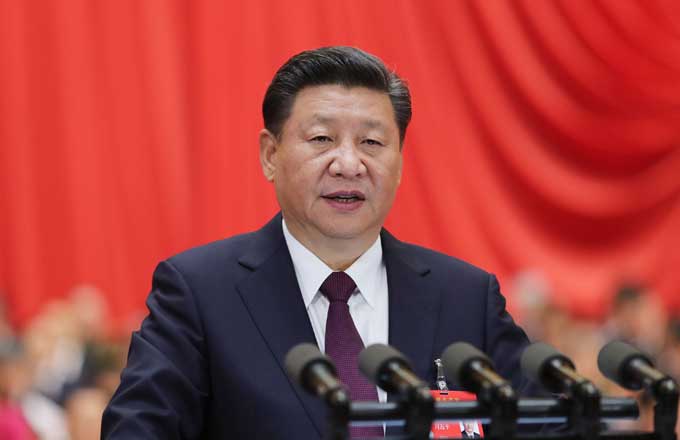Chinese universities perform best among those from BRICS countries
Seven Chinese universities have made the top 10 of the QS World University Rankings, a listing of the top 300 universities from the five BRICS countries of Brazil, Russia, India, China, and South Africa.
Tsinghua University maintained first place for the fifth year in a row, followed by Peking University in second, Fudan University in third, and the University of Science and Technology of China in fourth.
Four Chinese universities achieved perfect scores for their academic reputations. The only BRICS university outside China that was able to match that was the University of Sao Paulo in Brazil.
The ranking also shows that Chinese universities have higher citation rates that others, and that Chinese institutions are more likely to be recognized by employers.
A total of 94 Chinese universities were on the list of 300. Russia had 68 on the list, India had 65, there were 61 from Brazil, and 12 were from South Africa.
Eighty nine of the Chinese universities are included in China's Double World-Class Project, an initiative aimed at developing world-class universities and first-class disciplines.
"China's Double World-class Project is starting to take effect," said Christina Yan Zhang, China director of QS Intelligence Unit. "Compared with other BRICS nations, Chinese universities have achieved more in research impact and talents cultivation."
But Yan said China can still develop in terms of how many international students and faculty it attracts. The ratio of foreign participants is seen as an area in which Chinese universities score lower than BRICS counterparts.
"Chinese universities may also learn from their peers' valuable experience in creating and maintaining first-class universities management systems, which in the longer term will help China establish more comprehensive first-class universities and subjects," added Zhang.
The QS World University Rankings is an annual publication of universities by Quacquarelli Symonds, a British company that specializes in education and international study.
The ranking is based on eight performance indicators that include academic reputation, employer reputation, the proportion of staff with a PhD, the faculty/student ratio, research publication and citation rates, and the proportion of international faculty and students.
The producers of the list hope it will provide insights into the relative strengths and weakness of institutions in the fast-developing economies of BRICS nations.
Zhang Yangfei contributed to this report






















